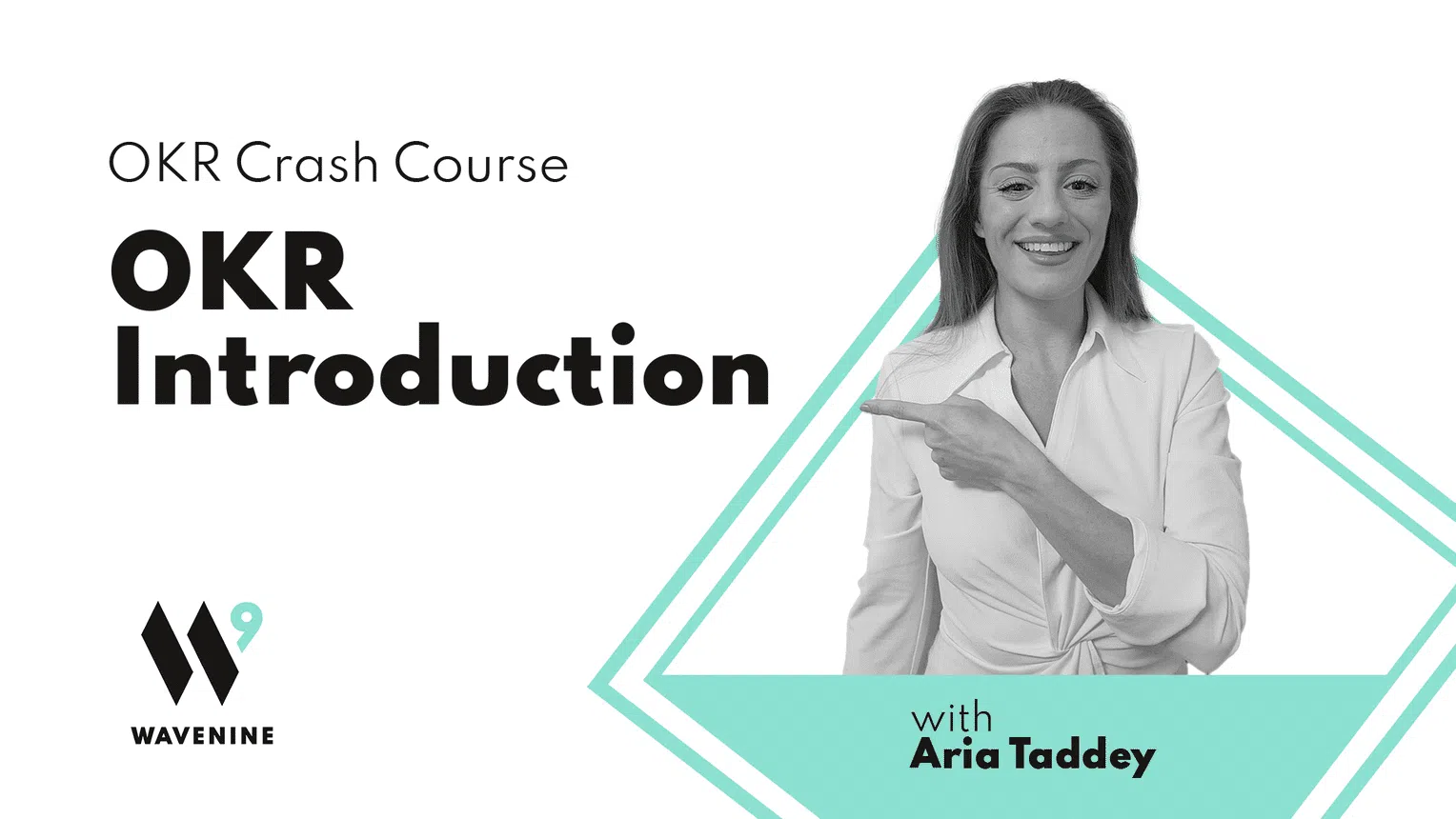Why Localizing OKRs is Better than Cascading OKRs
Cascading OKRs leads to silos, goal overload, and tactical busywork. Learn why localizing OKRs fosters cross-functional alignment, strategic focus, and real ownership.

Contrary to popular belief, you shouldn’t be cascading your OKRs down.
When cascading OKRs, reports pick up the key results from their managers, copy them over to be their own objectives, and then add more tactical KRs to it.
This process is repeated level after level.
This is not a great practice and can do more harm than good.
Cascading OKRs can have negative side effects
- The Ballooning Effect
Imagine an organization with 3 top level objectives, each with 3 key results. That’s 9 key results in total. Pretty typical setup. That means that a single team on the next level down has 9 objectives to cascade. Which in turn would be 27 key results! On the third level, you’d have 81 key results to ‘focus’ on for EACH team that aligns to all upper level OKRs. If you have an organization of 1000+ people, you’ll likely have 4+ hierarchical levels. You’ll still end up with teams having to focus on 81+ key results. And last time we checked, having 81 goals in a quarter is the polar opposite of ‘focus’. A common counter argument is that not every team aligns to every upper level OKR. That’s fair. But this leads us to our second point.
- No Cross-functional Alignment
The only way to escape the Ballooning Effect is to not align on all OKRs. This is usually done by creating functional OKRs. However, OKR consultants advise against this. For example, one OKR for sales, one OKR for HR, and one OKR for manufacturing. That is also a terrible idea. You’ve now created new silos. The point of OKRs is to align the organization on cross-functional strategic priorities that enable the organization to work together and bridge the gap between functional silos. If you create function specific OKRs at the top-level, then you’ve just built new silos and disguised them with a shiny bow.
- Produces Output Goals
Cascading goals has the side effect of producing increasingly tactical goals. That’s not bad in and of itself. But without outcome-focused goals, which is something we preach extensively in our OKR training, you’re reducing the degree to which OKRs empower teams to do better. Instead of creating OKRs that help teams work towards an overarching executive-set objective or strategy, people are creating tactical goals that are focused on supporting a KR that is only one level up.
OKR localization is the way to go
What we recommend in our OKR consulting is to localize your OKRs in OKR workshops.
Localization is a process where teams do not cascade down from the upper-level KRs, but rather from the upper-level objective.
That means that instead of aligning to one key result only, lower-levels and teams are actually aligning to the objective, which articulates the strategic intent and direction of what they’re going to achieve.
The key to success here is to understand the strategic intent of the objective and to create a new objective that takes that strategic intent, and translates it to your respective level, role, and responsibilities.
It helps make the OKR appropriate and applicable to the team and makes the goal much less abstract.
After that, in that same OKR workshop, teams create KRs for their new objective, while making sure to copy down any upper-level KRs they’re immediately responsible for.
If you localize goals in OKR workshops, you create cross-functional alignment.
An HR department can quickly align to a growth goal by answering questions like, “What can we do to support this goal?”
This could be to hire more sales folks.
Two great KRs could be to increase the number of hires and to decrease the time it takes from the first interview to making an offer.
By following localization, teams create holistic goals that ensure that they understand the strategic intent and focus on work that allows them to support the global strategy.
This is all while focusing on areas that they’re actually responsible for.
Localizing OKRs = 1, Cascading OKRs = 0
In the end, localization creates a focused number of OKRs for each team, and bridges the gaps between them by fostering true-cross functional alignment.
As a result, you will have outcome focused KRs on all levels of the organization, which leads to teams feeling empowered to do their best work and execute their strategy with higher energy.
And the best part?
They won’t have 81+ key results to keep track of!
Other Articles
Get the inside scoop on OKRs
Sign up to our newsletter to get OKR tips, tricks, and insights delivered directly to your inbox!




